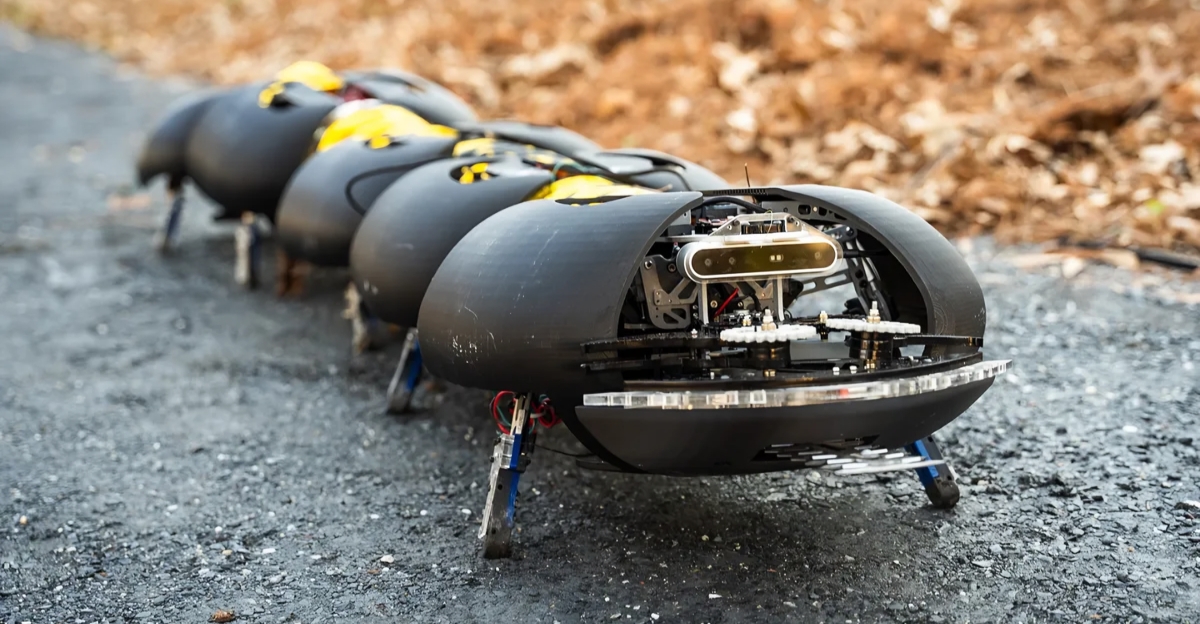
Ground Control Robotics (GCR), an Atlanta-based startup, is pioneering giant, multilegged robotic bugs inspired by centipedes and arthropods to revolutionize specialty agriculture. These robots address critical modern farming challenges such as herbicide resistance, labor shortages, and plant diseases by providing precise, ground-level crop access.
Unlike traditional machines, GCR’s bioinspired robots navigate complex, cluttered terrains with minimal crop damage, offering a new paradigm for sustainable and efficient farming. Their development is supported by collaborations with Georgia Tech, combining biomechanics and robotics to transform how specialty crops like blueberries and grapes are managed.
The Innovation Behind the Robots’ Design

GCR’s robots feature a unique multilegged, cable-driven design that mimics arthropod locomotion. This mechanism enables the robots to “swim” through uneven, cluttered farm terrain by shifting actuation from the centerline to the sides, allowing flexible, fluid movement.
Unlike traditional wheeled or four-legged robots that struggle on rough or bushy farmland, these robotic centipedes can navigate steep, rocky, or vine-filled environments with ease and without damaging plants. Their mechanical intelligence reduces the need for complex computation, making their locomotion efficient and robust in challenging agricultural settings.
Precision Agriculture and Targeted Weed Control

Equipped with AI-driven depth cameras, these robots perform precision weeding by identifying and targeting weeds at ground level. They can mechanically remove weeds or apply herbicides directly, significantly reducing chemical use and environmental impact.
This precision is especially valuable for perennial, bushy, or vine-like crops such as blueberries, grapes, and strawberries, where manual weeding is labor-intensive and costly. The robots’ low profile allows them to work close to plants without causing damage, offering a scalable solution to improve crop health and reduce herbicide resistance.
Addressing Labor Shortages and Crop Health Challenges
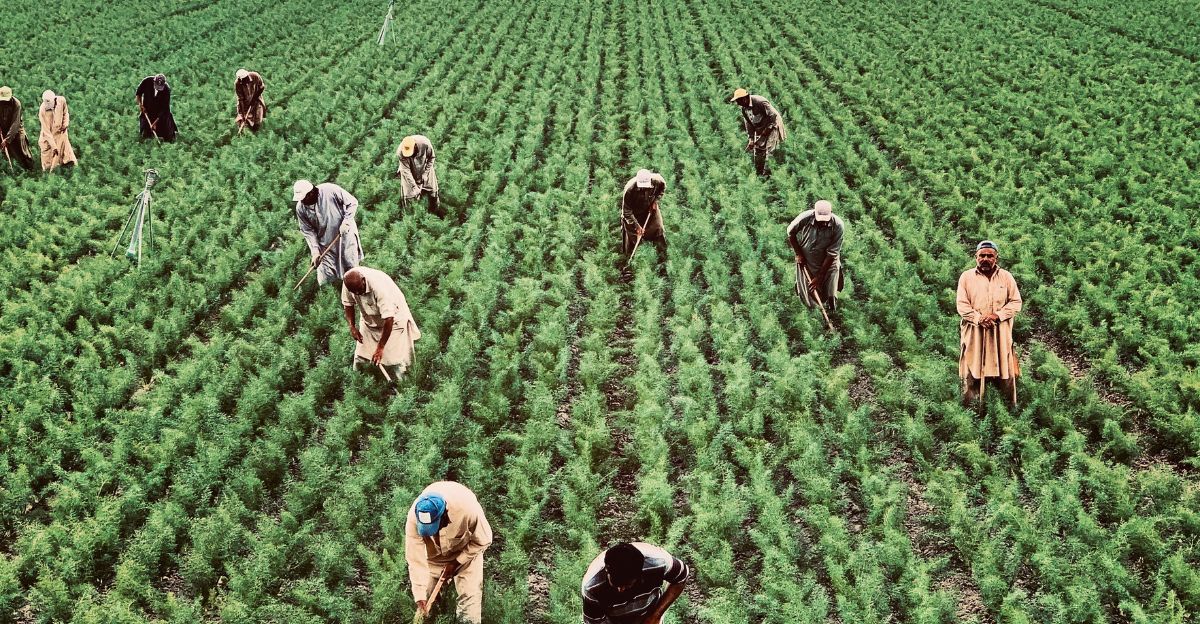
GCR’s robotic bugs automate repetitive and physically demanding tasks, alleviating labor shortages that plague specialty farms. By continuously monitoring crops and managing weeds, they help combat herbicide resistance and improve disease management through ongoing data collection.
This automation supports farmers in maintaining healthier crops with less manual intervention, enabling more sustainable farming practices. The robots’ ability to operate autonomously around the clock further enhances productivity in environments traditionally difficult for mechanization.
Cost Efficiency and Scalability of the Robotic System
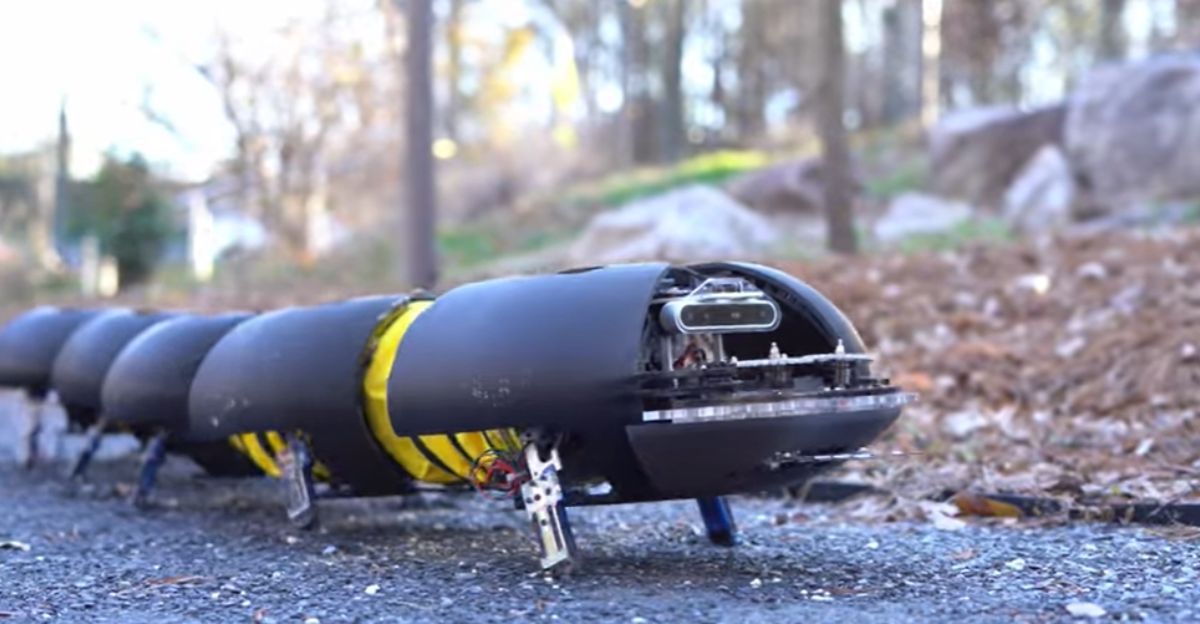
The robots’ mechanical intelligence and simple cable-driven leg modules keep production costs low, thousands of dollars per unit, making them affordable for smaller specialty farms. GCR envisions deploying decentralized swarms of these robots that operate autonomously, providing continuous field coverage.
This approach democratizes access to advanced farming technology, enabling specialty crop growers to benefit from precision agriculture without the high costs associated with traditional robotic systems. The scalability of these swarms promises to transform farm management at a lower price point.
Pilot Programs and Real-World Applications
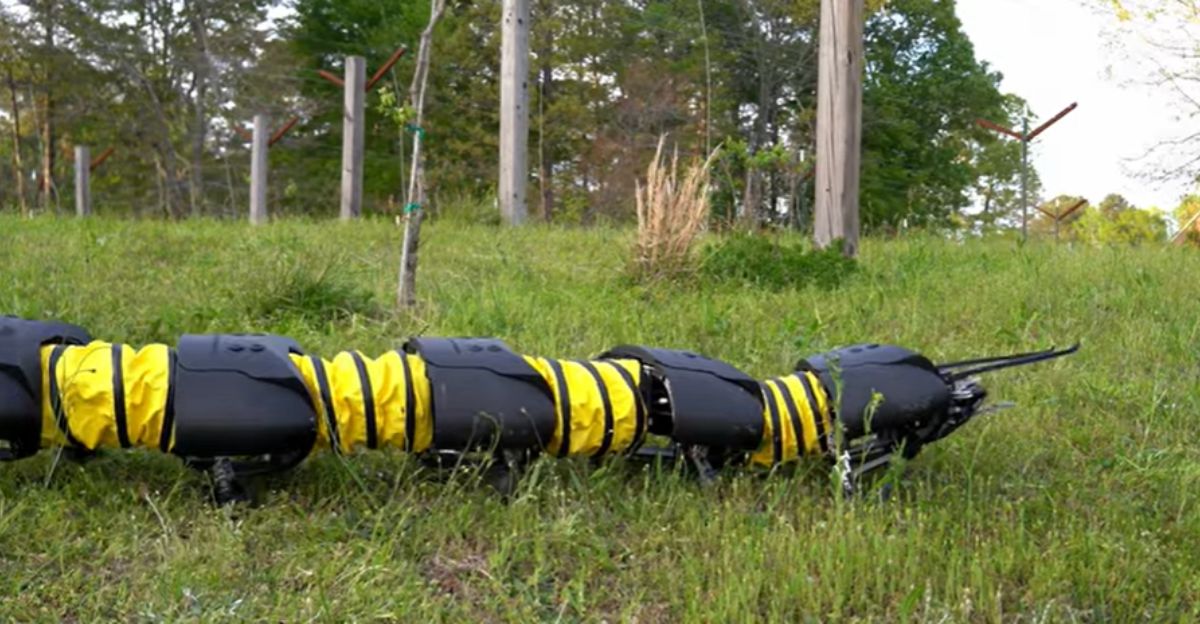
Ground Control Robotics is actively piloting its robotic centipedes on blueberry farms and vineyards in Georgia. Early results demonstrate effective navigation through complex terrain and successful weed management. These pilots help refine sensing and locomotion capabilities before broader deployment.
Plans include expanding into other specialty crops and exploring applications beyond agriculture, such as disaster relief and military uses. The versatility of the robots’ design allows adaptation to diverse environments and tasks, highlighting their potential impact across multiple sectors.
Unexpected Intersections Beyond Agriculture
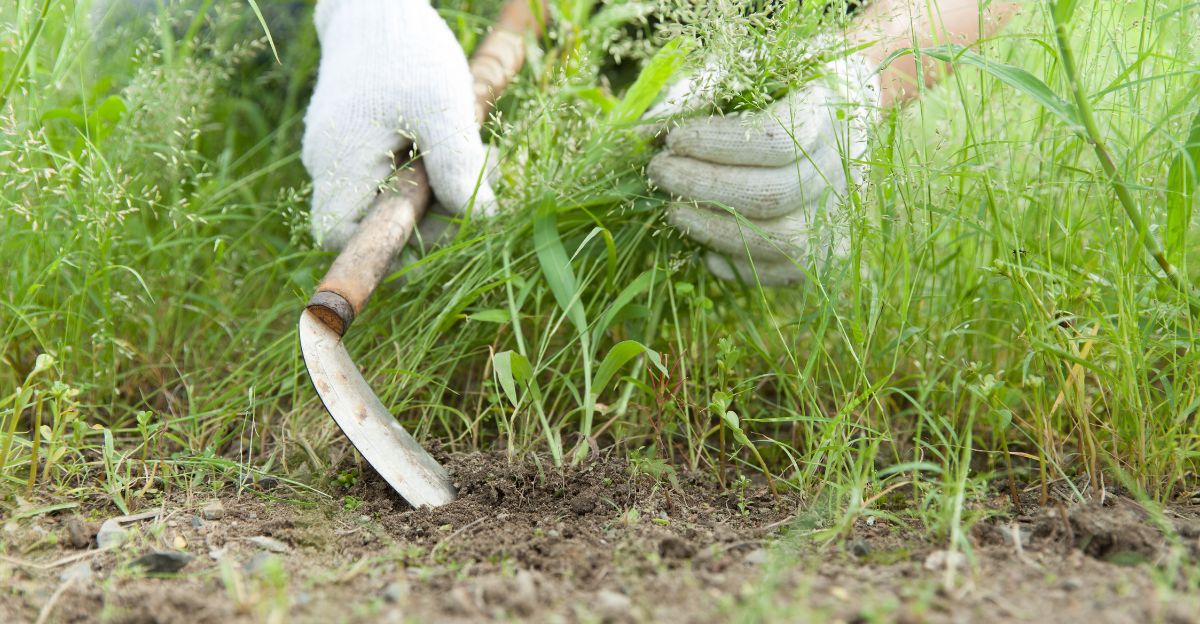
Beyond farming, GCR’s robotic bugs have potential applications in disaster relief and military operations, where adaptable locomotion and robust terrain navigation are critical. Different environments may require alternative limb configurations or retractable limbs, inspired by biomechanics research at Georgia Tech’s Complex Rheology and Biomechanics Lab.
This cross-disciplinary innovation exemplifies how agricultural robotics can influence broader fields, offering new tools for complex, hazardous environments and emergency response scenarios.
Contrarian Views and Technical Challenges
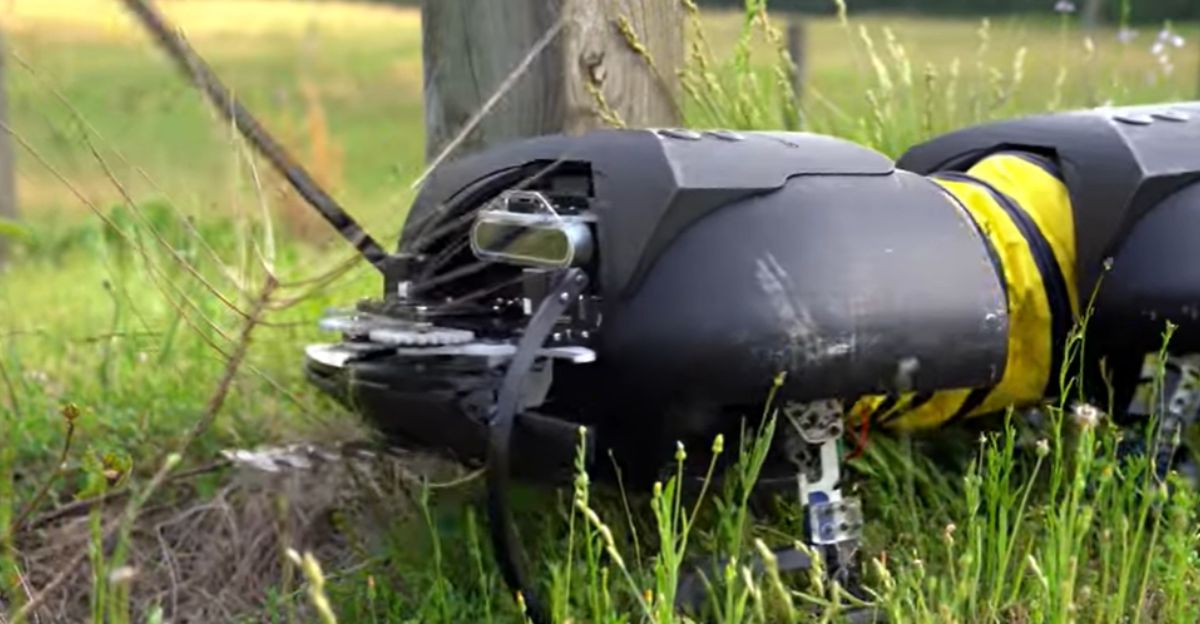
Despite promising advances, skepticism remains about entirely replacing human labor due to the complex decision-making involved in farming. Challenges include scaling swarm coordination, ensuring reliability across diverse and unpredictable environments, and balancing mechanical simplicity with the need for AI-driven adaptability.
Maintaining robustness without excessive computational demands and addressing concerns about the robots’ integration into existing agricultural workflows is critical. These challenges underscore the need for continued research and iterative development.
Historical Context and Future Outlook
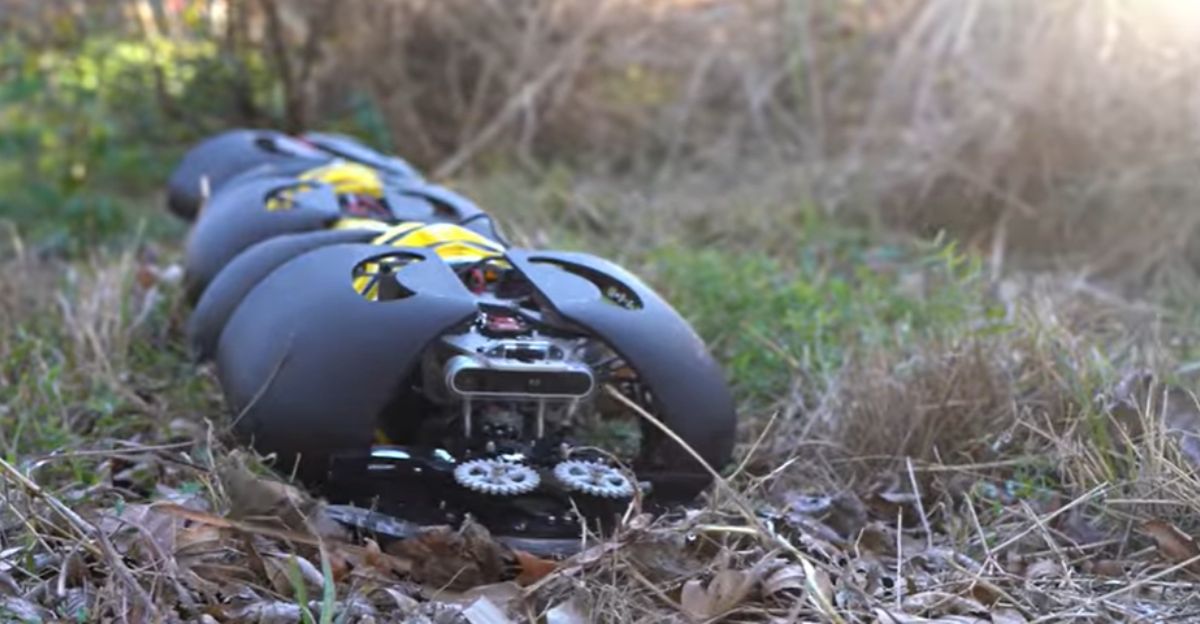
Agricultural robotics has evolved from wheeled machines to sophisticated bioinspired legged robots like GCR’s centipedes. Advances in AI, computer vision, and swarm intelligence are increasingly integral to precision farming. As climate change intensifies and labor shortages worsen globally, adoption of such technologies is expected to grow.
GCR’s innovations represent a significant step toward sustainable, efficient specialty agriculture, potentially reshaping farming practices worldwide by combining biological inspiration with cutting-edge robotics.
A Transformative Step in Specialty Agriculture

Ground Control Robotics’ giant robotic bugs embody a transformative leap in sustainable specialty agriculture. By integrating biological design, mechanical innovation, and AI precision, these robots promise to revolutionize weed control and crop management.
Ongoing pilot programs and research will clarify their broader impact on farming and related sectors, potentially paving the way for new standards in agricultural automation. Their success could redefine how specialty crops are cultivated, making farming more efficient, environmentally friendly, and resilient.
Explore more of our trending stories and hit Follow to keep them coming to your feed!

Don’t miss out on more stories like this! Hit the Follow button at the top of this article to stay updated with the latest news. Share your thoughts in the comments—we’d love to hear from you!







